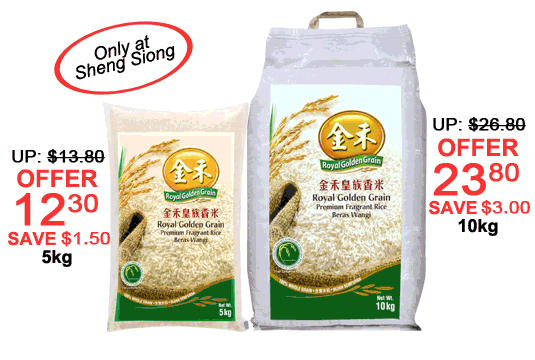HONG KONG (Dow Jones Investment Banker) – Supermarket operator Sheng Siong kicked off its domestic Singapore IPO on August 5 through OCBC Bank. The offer price is SGD0.33, translating into a deal size of US$96 million equivalent. Excluding a 15% overallotment option, the IPO comprises 351.5 million shares – representing just over 26% of the company – of which about 57% are for new money, with the balance being sold by the founding family.
As is common in Singapore, the retail offer is small, and more than 95% of the shares have been reserved for institutions. Sheng Siong appears to grow faster than its two major competitors, but its market share remains small and the business also relies on a limited number of stores. The use of IPO proceeds, as well as the carrot of a high (perhaps 8%) dividend yield, also raise questions about future growth prospects.
Founded in 1983 as a family-owned business, Sheng Siong Group Ltd. is one of Singapore’s largest grocery retailers. It operates one hypermarket, 22 supermarkets and three market stalls. The group’s retail locations include both “wet” (live/fresh/chilled produce) and “dry” (processed/packaged produce, household goods) shopping options. Some 300 products are sold under 10 house brands. To support its retail operations, it operates an extensive distribution network, food processing facilities, and warehousing. 2010 gross profit was almost US$36 million equivalent, on revenue of US$520 million.

Singapore’s retail industry hardly posts the growth rates seen in China, with an overall compound revenue increase of only 3.6% between 2005 and 2010. Sheng Siong’s key competitors are NTUC and Jardine’s Dairy Farm International, which together have about 15% of the industry by value, according to Frost & Sullivan. Sheng Siong comes in a distant third, with 2.6%. But it posted the highest compound growth in revenue between 2006 and 2010, with 13.8% as compared with 8.9% for NTUC, and only 5.3% for Dairy Farm. Sheng Siong also had higher revenue per square meter over the same period.
As flagged in the prospectus under the risk factors, Sheng Siong’s business is dependent on a small number of key stores, six of which each contributed between five and 10% of revenue in 2010.
Some 45% of the new money raised will be used to retire a term loan, even though the last balance sheet showed Sheng Siong as cash positive. The balance will be applied to the expansion of the store network, to develop the business, and for working capital purposes.
The company mentions discussions to lease another two outlets in the offer document, although no further details are provided. How much mileage the US$16 million earmarked to fund new stores can really achieve in an island of 4.9 million people, and with already more than 255 supermarkets, is debatable. There are currently no specific plans to expand overseas.
Sheng Siong’s trailing P/E ratio of 8.3 times doesn’t look overly demanding. However, its intention to pay out up to 90% of 2011 and 2012 profits as dividends, while perhaps designed as a sweetener in these turbulent times, sounds much more like a strategy aimed at pleasing legacy shareholders – and doesn’t exactly constitute a vote of confidence in the future prospects of the business.
A mid-market play, with questionable long-term sustainable growth and confusing signals over its financial strategy, isn’t really what the market needs right now.
The public offer is set to close on August 15, with start of trading planned on August 17. But with stocks in Asia experiencing their biggest slide since 2008, Sheng Siong might perhaps be better off aborting the deal – blaming the market – and consider more attractive funding options, including debt.
(Philippe Espinasse worked as an investment banker in the U.S., Europe and Asia for more than 19 years and now writes and works as an independent consultant in Hong Kong. Visit his website at https://www.ipo-book.com. Readers should be aware that Philippe may own securities related to companies he writes about, may act as a consultant to companies he mentions and may know individuals cited in his articles. To comment on this column, please email [email protected]).
[This article was originally published on Dow Jones Investment Banker on 9 August 2011 and is reproduced with permission.]
Copyright (c) 2011, Dow Jones & Company, Inc.
